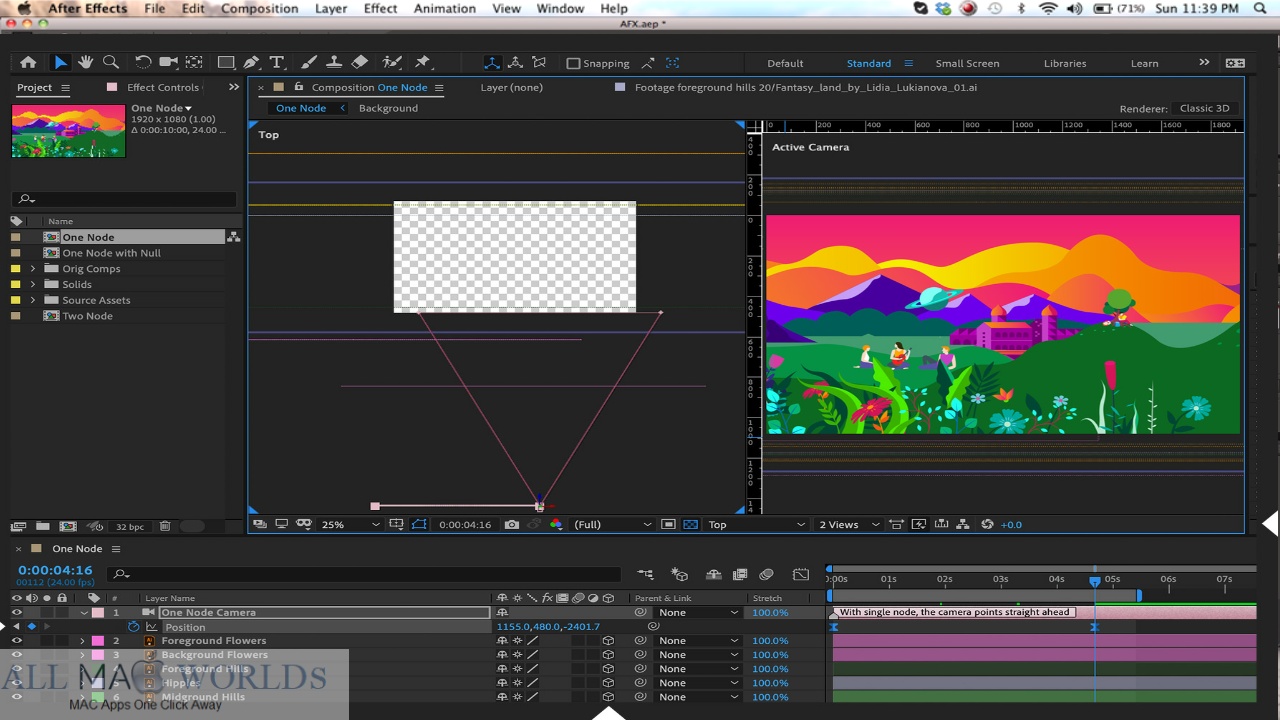

- #REMOVE BOOM 3D USER PRESET 1080P#
- #REMOVE BOOM 3D USER PRESET FULL#
- #REMOVE BOOM 3D USER PRESET CODE#
- #REMOVE BOOM 3D USER PRESET PC#
Some devices, like a PlayStation 4 console, offer the option to disable HDCP.
#REMOVE BOOM 3D USER PRESET PC#
The video quality may however be of a lower quality (Component Video is recommended – see also “ Connect your PC to TV“) as well.

HDCP does not support analog connections and you should be able to view the video just fine on non-HDCP devices.
#REMOVE BOOM 3D USER PRESET 1080P#
Some devices, like the PlayStation 3 for example, have Component (good for 1080p if your TV supports it!), S-Video or Composite video output as well. Here is the Amazon link! Select a Different (Analog) Video Output One user (Brett) reported this HDMI-to-Component to work. But more about that once I’ve finished that project. Note that some converters do honor HDCP and might not work either.įor my Ambient Light project I’ve considered using this, since I only need a low resolution representation of the video – Ideally I’d prefer a video output of say 160 x 90 pixels. This conversion to an analog signal will result in a degraded picture quality, but the result might not be too bad. One of the methods used, yet sometimes complicated and expensive, is by converting the signal for example to VGA, Component or Composite video. Methods to Remove HDCP from HDMI Convert to Analog Naturally a “HDCP remover” or “HDCP Stripper” device is not readily available to the public … or is it? Non compliant devices, an old (HDMI) TV for example, will simply display a message that the content cannot be displayed or will display a blank screen. Just like those idiotic region codes of DVD’s and BluRay’s.
#REMOVE BOOM 3D USER PRESET FULL#
Even though the master key for decryption has been compromised since 2010 and some smart folks assembled a device for demonstration purposes, HDCP is still in full use.
#REMOVE BOOM 3D USER PRESET CODE#
The video sources asks for the secret code from the destination device, before it sends content, so the receiving party is authorized and can decrypt. HDCP uses authorization and encryption – it verifies (authenticate) the receiving party (Destination or “input”) – i.e. See it as the digital counter part of MacroVision as was used with analog video way back in the day. The content, or content source (where the “output” comes from), determines if HDCP is needed, and is/was intended to prevent content to be displayed or recorded by unauthorized devices. The first HDMI versions did not include HDCP, but most modern HDMI capable devices support it. HDCP is a copy protection that was added to the HDMI standard, at a later time, by Intel. HDMI and HDCP – Some background information So I’m looking at older HDMI LCD/LED/Plasma TV’s, HDMI Projectors, Game Recording (PS3), taking screenshots for documentation and/or articles, and of course my own little project to generate ambient light behind my TV! Please keep this in mind. Please note that I’m not writing this article to promote pirating content! This article is solely aimed at using non-HDCP compliant equipment with equipment that seems to require HDCP. The downside of that project is that it only works for a dedicated HTPC running for example Kodi (XBMC).īut what if I’d like to see this with video from my XBox 360, XBox One, Wii, or … Blu-ray player or cable box?īesides the fact that we need to grab this video, and all it’s technical complications, we will be running into a copy protection issue called HDCP, a HDMI feature nobody really asked for. I’ve been playing with ambient light for my TV for a while now, as you can see in the “ Ambient TV lighting with XBMC Boblight, OpenElec and WS2811/WS2812 LEDs“, to make colorful lights (LEDs) light up matching the video you’re seeing on your TV.


 0 kommentar(er)
0 kommentar(er)
